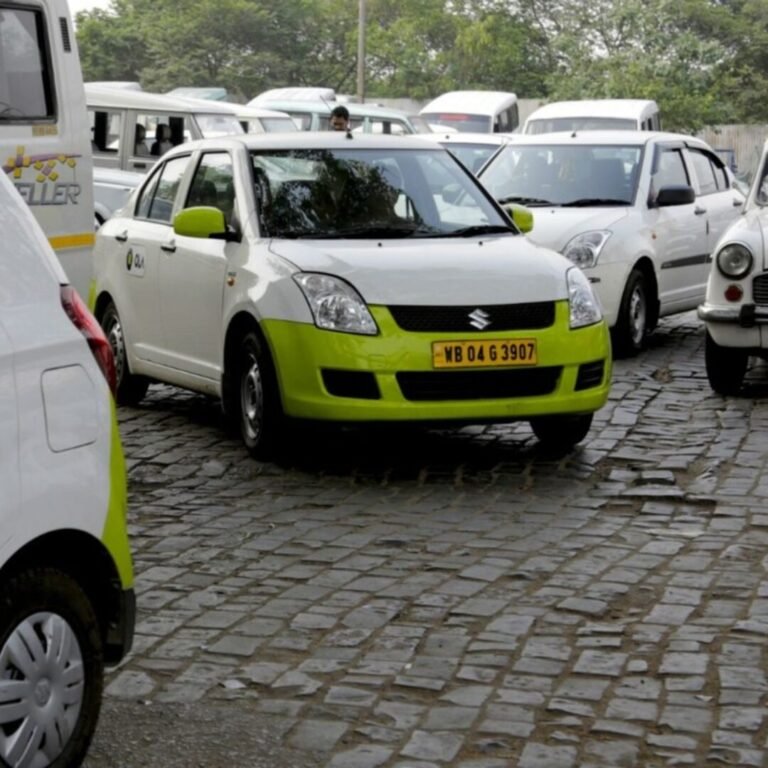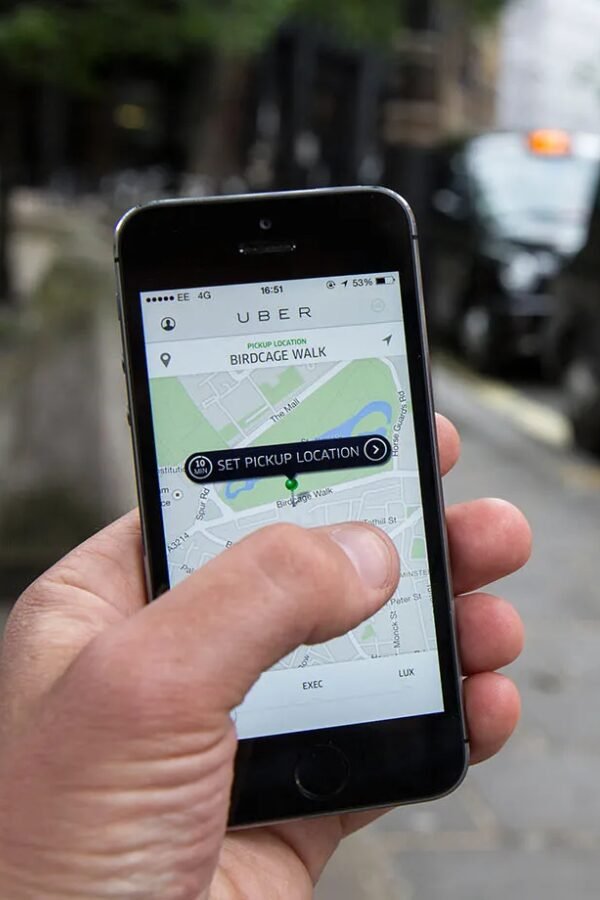"
Explore the top 10 frustrating encounters with Ola and Uber, from fare discrepancies to safety concerns. Uncover the chaos and discover how to navigate these issues with insights into the Central Consumer Protection Authority (CCPA) and Ola’s customer care services.
- Table of Content
- Top 10 Pathetic Experiences with Ola and Uber
- Final Thoughts
Top 10 Pathetic Experiences with Ola and Uber
In the era of app-based transportation, Ola and Uber have become synonymous with convenience and accessibility. However, beneath the glossy exterior lies a world of chaos and frustration for many users. The world of Ola and Uber, where getting a ride is as easy as ordering your favourite snack. The taxi business in India is booming, growing 20 to 25 percent each year. Back in 2014, Ola proudly claimed a whopping 60% of the market share, with over 150,000 daily bookings. Fast forward to 2019, and they’ve got a fleet of 1.5 million drivers zooming around 250 cities.
Now, the user base is already massive, but guess what? It’s expected to hit even greater heights, soaring to unimaginable numbers by 202_. Every day, these ride-hailing heroes complete a jaw-dropping number of rides, making you wonder if they’ve set up a taxi service to the moon!
But, let’s be real – when you’re running a show this big, there’s bound to be a few hiccups. Complaints? Oh boy, there have been a whopping 18,890 of them against Ola alone. That’s a sea of dissatisfied users, waving their virtual pitchforks. It’s got people asking: Do these giants really live up to the hype?
Hold tight as we dive into the top 10 roller coaster rides of frustration with Ola and Uber. Buckle up, because it’s about to get bumpy!
1. The Rollercoaster of Price and Fare Discrepancies
Users have reported instances where the estimated fare drastically differs from the final amount charged. This not only leads to financial dissatisfaction but also erodes trust in the transparency of these platforms.
So even if you are the best bargainer, your skill set does not really work here, since it is the app which talks and not your local cab drivers.
2. The Cab Hunt
The struggles while online cab hunts are more or less the same. Users often find themselves in frustrating situations when the app displays the availability of cabs that are nowhere to be found. Real-life examples include users waiting endlessly in remote locations or during peak hours, only to be left stranded without a ride. The reliability of these services is getting increasingly questionable.
3. Problems Of Auto-Booking
Have you ever booked an Ola or Uber and then decided not to go? Well, be careful! If you forget to cancel or change your plans, these tricky apps can surprise you with an extra charge in your next ride.
It’s like finding money missing from your wallet, and nobody likes that surprise. So, if you change your mind about a ride, remember to press that cancel button, or your wallet might not be too happy on the next ride. It’s like an unexpected twist in your cab fare adventure!
4. The Dark Side of the Ride
Users express worries about a lack of accountability and swift responses to such incidents. Instances of drivers acting overly friendly, speaking aggressively, or engaging in inappropriate behaviour have been reported, intensifying concerns about passenger safety.
In a real-life scenario, consider a passenger who encountered a situation where a cab driver insisted on receiving payment outside the app, to his personal account, and threatened to deviate from the agreed drop-off point if the passenger refused.
5. The Dilemma of Dependence
Corporate employees, College students and coaching students heavily rely on ride-sharing services like Ola and Uber for daily commuting, and any disruption in service can significantly impact their schedules and routines.
For instance, during exam periods or important classes, students may face increased stress when rides suddenly become unavailable. App outages or strikes can leave them stranded, affecting their punctuality.
This over-dependence on ride-sharing platforms makes students vulnerable to the uncertainties associated with these services, emphasising the need for alternative transportation options to mitigate the risks of such disruptions.
6. The Seating Sudoku
Users frequently encounter discrepancies between the seating capacity displayed on ride-sharing apps and the actual capacity of mini and XL cabs.
In a real-life example, a cab driver, despite the app indicating the ability to accommodate four passengers, refused to take more than three individuals in his mini car. This not only caused discomfort but also led to unfair charging practices, as he agreed to take the fourth passenger but only in case, if you pay an extra fee.
Such instances create confusion for passengers who rely on the app’s information for a seamless experience, emphasising the need for transparency and adherence to stated capacity to ensure fair and comfortable rides.
7. The Last-Minute Letdown
Last-minute cancellations by drivers, especially in the wrong locations, have led to users missing important appointments and flights. Real-life examples include instances where users faced cancellations just minutes before the scheduled pickup, causing immense inconvenience.
8. AC and Bluetooth Music Woes during Intercity Rides
Intercity riders have reported issues with the air conditioning and Bluetooth music systems, turning what should be a comfortable journey into an uncomfortable ordeal. Users have shared experiences of sweltering heat or silence instead of the promised amenities.
9. The Window of Woes
Passengers frequently share experiences where drivers decline to adjust windows, leading to discomfort during rides. Instances include passengers enduring suffocating heat or chilly winds due to the inability to control the windows according to their preferences.
This lack of flexibility not only compromises the overall ride experience but can also have health implications, especially for asthmatic patients who may need proper ventilation.
For instance, an asthmatic passenger may find it challenging to cope with a lack of fresh air, exacerbating their condition during the journey.
10. Not Waiting or Providing Buffer Time for Meals:
The Starving Commuter
Inconsiderate behaviour by drivers who do not wait for passengers, especially during meal breaks, has left users hungry and frustrated. Real-life examples include instances where users had to rush their meals or even go without food due to the lack of buffer time provided by drivers.
But here is the catch: some drivers are rude but other drivers complain that, even if there is slight delay or if they give some buffer time to consumers then chances are high that they won’t get a ride for hours.
Final Thoughts
As Ola and Uber continue to dominate the transportation landscape, it is crucial for users to be aware of the potential pitfalls. Navigating through these issues requires a combination of user vigilance, support from consumer protection authorities like CCPA (Central Consumer Protection Authority), and utilising Ola’s customer care services.
By shedding light on these experiences, users can make informed decisions and demand accountability in the ever-evolving world of app-based transportation.
Subscribe to new post
The One Liner
Useful Links
Order Related Queries
Useful Links
Order Related Queries






